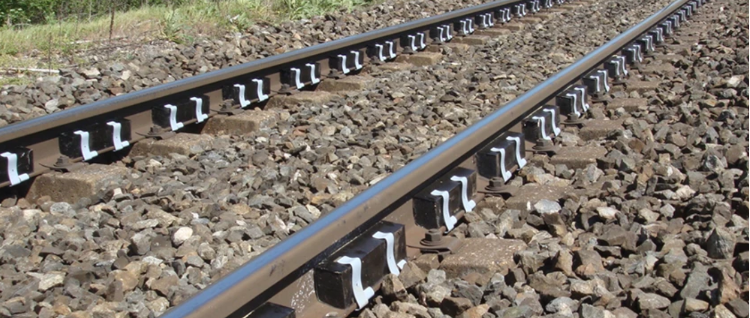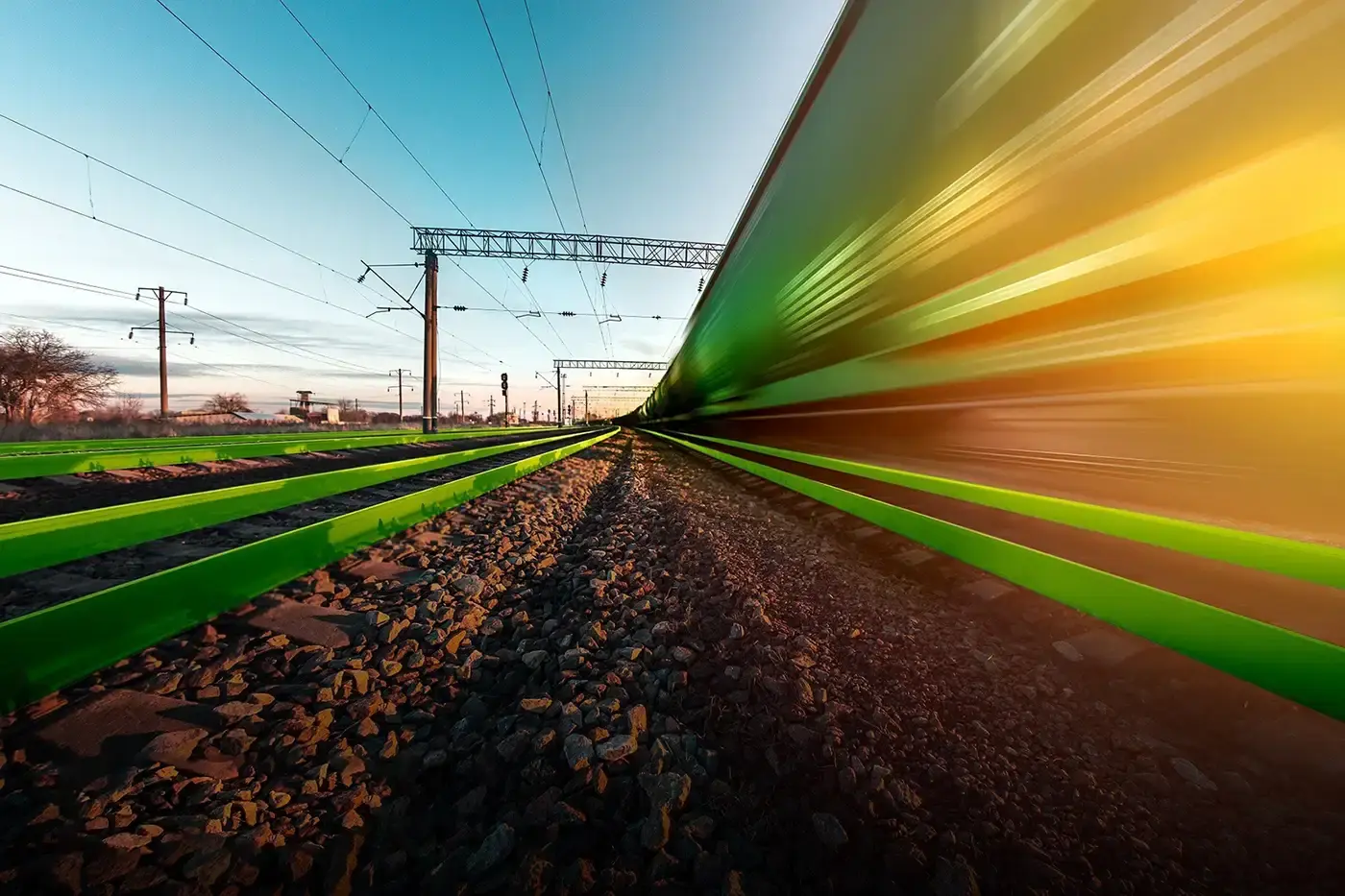Infrastructure
Sound emission
Rail is one of the most environmentally friendly means of transport. For this reason, many countries in Europe are increasingly moving their goods transport from road to rail. However, this positive economic development for the rail system is accompanied by a serious problem: noise emissions. The approach to reduce noise emissions can be divided into reducing noise pollution on freight wagons and on infrastructure.
Noise emission freight wagons
Countries such as the Netherlands, Germany and Switzerland are at the forefront of measures to reduce noise pollution from rail transport. In the Netherlands, the introduction of the SWUNG Act has been subject to noise production ceilings around railway lines since 2012. In Germany, trains with noisy cars have to pay a higher fee for the use of the track and in Switzerland, driving with noisy wagons has been prohibited since 2020.
The use of plastic brake pads can reduce the noise of the freight wagon by up to 10 decibels. According to human perception, a reduction of 3DB already corresponds to a 50% reduction of the sound. Freight wagons built / purchased from 2006 are already equipped with a quiet braking technology. In most cases this has been done by using the so-called K brake pads. These blocks keep the wheel round and ensure that the wheel surface remains smooth. The use of K brake pads is not an option for existing older freight wagons, as the entire braking system must be adapted for this. These freight wagons are equipped with cast iron brake pads. The disadvantage of these blocks is that they roughen up the running surface of the wheels, which in turn produces more noise.
LL BRAKE BLOCKS
Since 2013, the new LL brake blocks have been approved by the International Union of Railways (UIC – Union International de Chemin de Fer) for retrofit across Europe. These blocks have a similar friction coefficient to cast iron but offer the benefits of K-brake blocks. The one-to-one replacement of cast iron brake blocks with LL brake blocks has been possible since then, which means that all brake blocks have now been replaced with the quieter LL blocks.
Noise emission infrastructure
Since 2012, ProRail has been responsible for ensuring that noise from the railway remains within legal limits. They must also address existing noise issues (‘sanitizing’). This is done based on noise research. The noise for both current and future situations is being calculated.
To reduce rail noise, ProRail can implement various noise measures, such as installing or raising noise barriers. Another option is the installation of rail dampers. Rail dampers are steel blocks with plastic, attached to the side of a rail with clips. Rail dampers reduce the noise of passing trains by up to three decibels.
Of course, a combination of measures is also possible. If noise is not sufficiently reduced by barriers and/or rail dampers, facade insulation is applied.
The noise sanitation must be completed by 2030.

Variables within the rail track
Not every rail track is the same. In addition to technical limitations or deviations, we also have geographical limitations related to gradients and track lengths.
The gradients determine how many tons a train can pull using a specific locomotive. The pulling power of the locomotive also determines the operating and overtaking speed that can be driven. The train must be able to achieve at least the prescribed overtaking speed. The overtaking speed is generally 10 km/h higher than the operating speed. This speed is driven to make up for delays.
The length of certain tracks where the train stops ultimately determines how long a train can be, with a maximum of 750 meters (EU regulation).
Track gauge
Within Europe, we have different track gauges: On one side of Europe, Spain, Portugal, and Ireland have broad gauge, while on the other side, Finland, the Baltic States, Russia, Belarus, Ukraine, and Moldova have Russian broad gauge. The rest of Europe has a standard gauge of 1435 mm. A train from Chengdu, China (standard gauge) to Rotterdam, Netherlands (standard gauge) must change wagons twice. An important hub in this chain is Malaszewicze on the Polish-Belarusian border.
Overhead line voltage
The law of diminishing returns applies here. The sooner a country has started electrification, the more is driven with (the old-fashioned) direct current. Only after the Second World War did the technique arise to regulate alternating current in order to be able to accelerate and drive any speed at random. As a result, almost every country has its own overhead contact line voltage and voltage type. Where until recently each country had its own electric locomotive in use, more and more multi-voltage locomotives are being driven all over Europe, which improves the quality of the logistics of rail freight transport.
ERTMS en ETCS
The new ERTMS (European Rail Traffic Management System) and ETCS (European Train control system) that is being rolled out in Europe standardizes overhead contact voltage, protection systems and signaling systems, which is a major step in the unification of Europe. More information about ERTMS on the website of www.ertms.nl and www.prorail.nl/programmas/ertms

